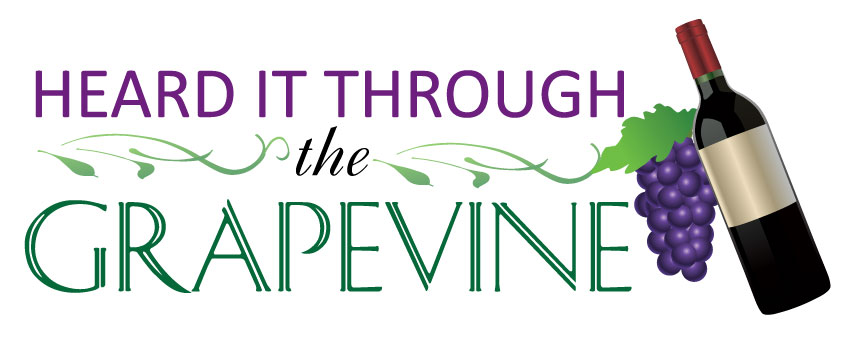If you ask most people about Beaujolais, they will say ‘Oh yeah, Beaujolais Nouveau. Good stuff.’ It is, but the Beaujolais region is so much more than just its Nouveau. Beaujolais is the largest wine producing region in Burgundy, France. Located to the south of Maconnais, it has over 50,000 acres of vines planted.
Beaujolais wines are made from the Gamay grape which is a cross between Pinot Noir and the white Gouais. With its close proximity to the Mediterranean Sea and its semi-continental weather, this cross ripens two weeks earlier than Pinot Noir and it isn’t as hard to cultivate. This resulted in a larger production of fruitier wines. But everyone wasn’t always okay with planting Gamay. In 1395, the Phillipe the Bold outlawed the production of Gamay because he felt that it was taking away prime vineyard land from the more appreciated and respected Pinot Noir. So winemakers pushed Gamay further south out of mainland Burgundy into what is now known as Beaujolais, where it found itself in granitic soils where the grape flourished.
The region of Beaujolais is divided into two distinct soil types which also divide the region into Northern and Southern Beaujolais with Villefranche as the middle point. The hilly northern portion has most of the Cru Beaujolais communes and is made up of granite, schist and a little limestone. The southern half or Bas Beaujolais is a bit flatter and contains more clay-based, sandy soils with some limestone patches sprinkled throughout the region. These soil differences present themselves in the wine with the North producing wines with a fuller body and a more complex structure. The wines of the South have a crisper, more acidic flavor with loads of red fruit on the palate.
Back to Beaujolais Nouveau, it was actually created by George Duboeuf for marketing purposes. It’s a light, fruity style of Beaujolais that is meant to be drunk quickly and can be slightly chilled. The grapes are picked around late August, early September and the wine is only fermented a few days before it’s bottled. These wines are then released to t he public on the third Thursday of November at 12:01 am, Beaujolais Nouveau Day. This wine can last for a couple of years but it won’t develop any additional flavors or characteristics from bottle aging.
As for the actual wines of Beaujolais, they are divided into the following levels of quality:
Beaujolais AOC – all Beaujolais falls into this category
Beaujolais Blanc – made from Chardonnay and Aligote
Beaujolais Rose
Beaujolais Villages AOC
Cru Beaujolais – the highest level of quality, 10 Crus
So when you’re thinking of a red wine for white wine drinkers, think Beaujolais!
Article by Tanisha Townsend
Find out more on Tanisha in our About Section









